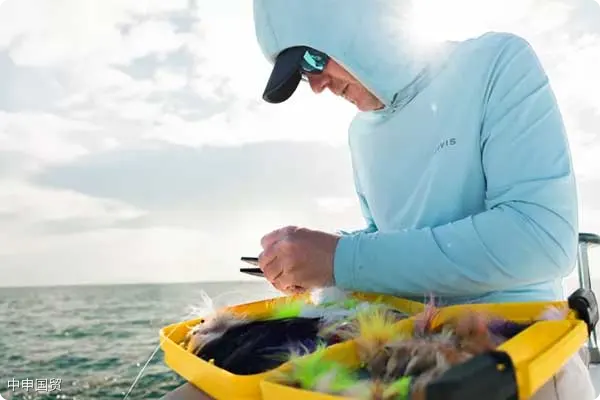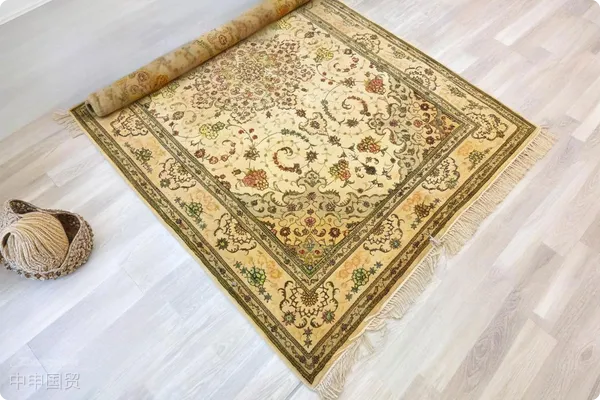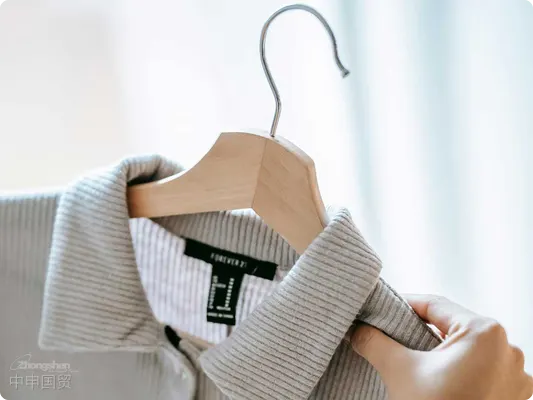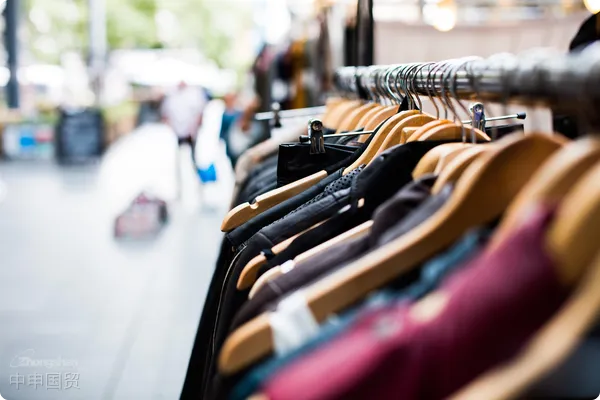- Shanghai Zhongshen International Trade Co., Ltd. - Two decades of trade agency expertise.
- Service Hotline: 139 1787 2118
With scorching summer heat, sun protection is essential. As a popular summer sun protection product, sun-protective clothing effectively blocks or reduces direct exposure to UV rays, protecting the skin from sunburn and tanning. However, the classification and customs declaration requirements for imported sun-protective clothing are complex, and any oversight may lead to clearance delays and unnecessary costs. Today, we will provide a detailed analysis of the classification standards and declaration requirements for imported sun-protective clothing. Let’s tackle the classification of imported sun-protective clothing with ease.

I. Imported Sun-Protective ClothingClassification Requirements
Sun-protective clothing is primarily designed for adults, typically made of woven polyester fabric with zippered front closures and special designs in cut and style. According to the Explanatory Notes to the Harmonized System, such clothing does not meet the definition of a coat, which is a garment worn on the upper body with a full front opening, with or without buttons (excluding zippers). Therefore, under General Rules of Interpretation 1 and 6, adult sun-protective clothing of the above materials and craftsmanship should be classified under HS heading 6211.import and exportClassification Details:
(a) Men’s Sun-Protective Clothing:
HS Code 6211.3390(b) Women’s Sun-Protective Clothing:
HS Code 6211.4390According to the China Customs Import and Export Commodity Tax-Related Standardized Declaration Directory and Interpretation and the Single Window declaration requirements for international trade, there are 12 mandatory declaration elements for HS codes 6211.3390 and 6211.4390:
II. Declaration Requirements for Imported Sun-Protective Clothing
Weaving Method:
Brand Type:Describe the commodity name in detail.
Common weaving methods include woven, knitted, or crocheted.Entries may include coveralls, summer wear, washed garments, sleeveless overgarments, etc.
Tensile strength:May fill in coveralls, summer clothing, washable clothing, sleeveless smock, etc.
Category:Refers to the style of the product (suitable for which demographic). Options include Mens or Womens.
Composition Content:Refers to all component names and their weight percentages contained in the product.
Brand:Refers to the brand logo added by the manufacturer or distributor to the product. The actual declaration requires either the Chinese or foreign brand name.
Item Number:Refers to the unique number marked by the manufacturer for different styles or batches of products. Each style and batch corresponds to one item number.
Is it a Set:If it is a set, it must be indicated.
Set Composition and Quantity:Refers to the specific components and their respective quantities in a clothing set.
Is it Full-Open Front:For upper garments, it must be declared whether it is full-open front.
Does it Have a Zipper:For upper garments, it must be declared whether it has a zipper.
Does it Have Lining or Interlayer:For upper garments, it must be declared whether it has lining or an interlayer.
III. Standards Related to Sun-Protective Clothing
In Chinas standard system, the main standard for sun protection products is: GB/T 18830—2009 Textiles—Evaluation for Solar UV Radiation Protective Properties.
Standard Analysis:
(a) When the samples UPF > 40 and T(UVA)AV < 5%, it can be called a UV protective product.
(b) UPF (Ultraviolet Protection Factor):Refers to the ratio of the average effect of UV radiation calculated when the skin is unprotected to the average effect of UV radiation calculated when the skin is protected by fabric. The higher the UPF, the better the protection.
(c) T(UVA)AV:Refers to the transmittance of solar UV radiation with a wavelength of 315~400nm. The lower the UVA, the better the UV protection of the fabric.
In addition to Chinas relevant standards, exported sun protection clothing must also comply with the regulations and standards of the target market to ensure they meet local UV protection textile requirements. For example, the EU market has different requirements for UV protection textiles compared to Chinas standards, so product parameters and declarations must be adjusted according to the specific market situation.
Summary
Through the detailed introduction above, we have gained an in-depth understanding of the classification and customs declaration requirements for imported sun protection clothing. From classification standards to declaration elements, and then to related testing standards, each step has its unique regulations and requirements. Mastering this knowledge not only helps companies clear customs smoothly but also effectively avoids legal risks and economic losses caused by classification errors. We hope this article can provide a clear guide for your import and export business of sun protection clothing, allowing you to operate with ease both in the international market and domestic trade.
Related Recommendations
© 2025. All Rights Reserved.沪ICP备2023007705号-2 PSB Record: Shanghai No.31011502009912
PSB Record: Shanghai No.31011502009912










